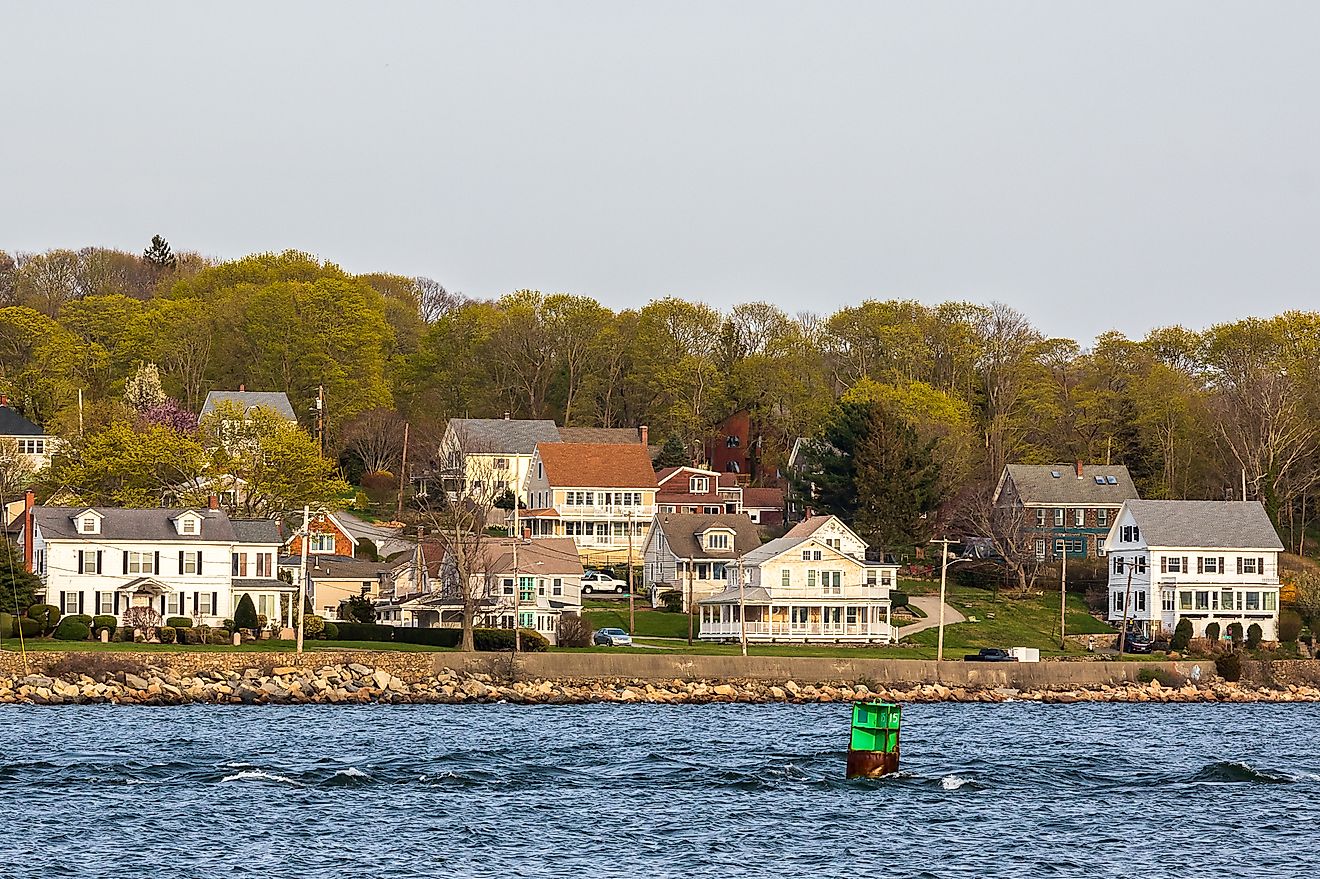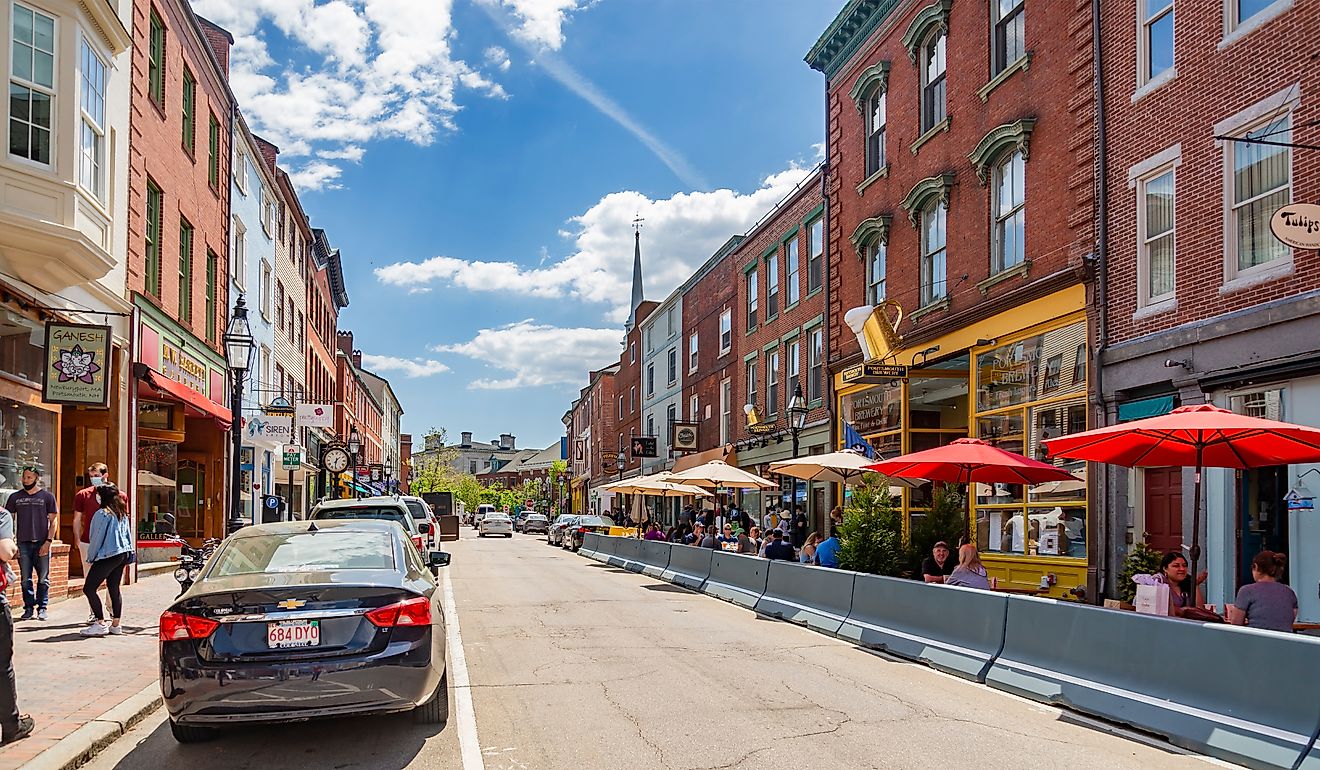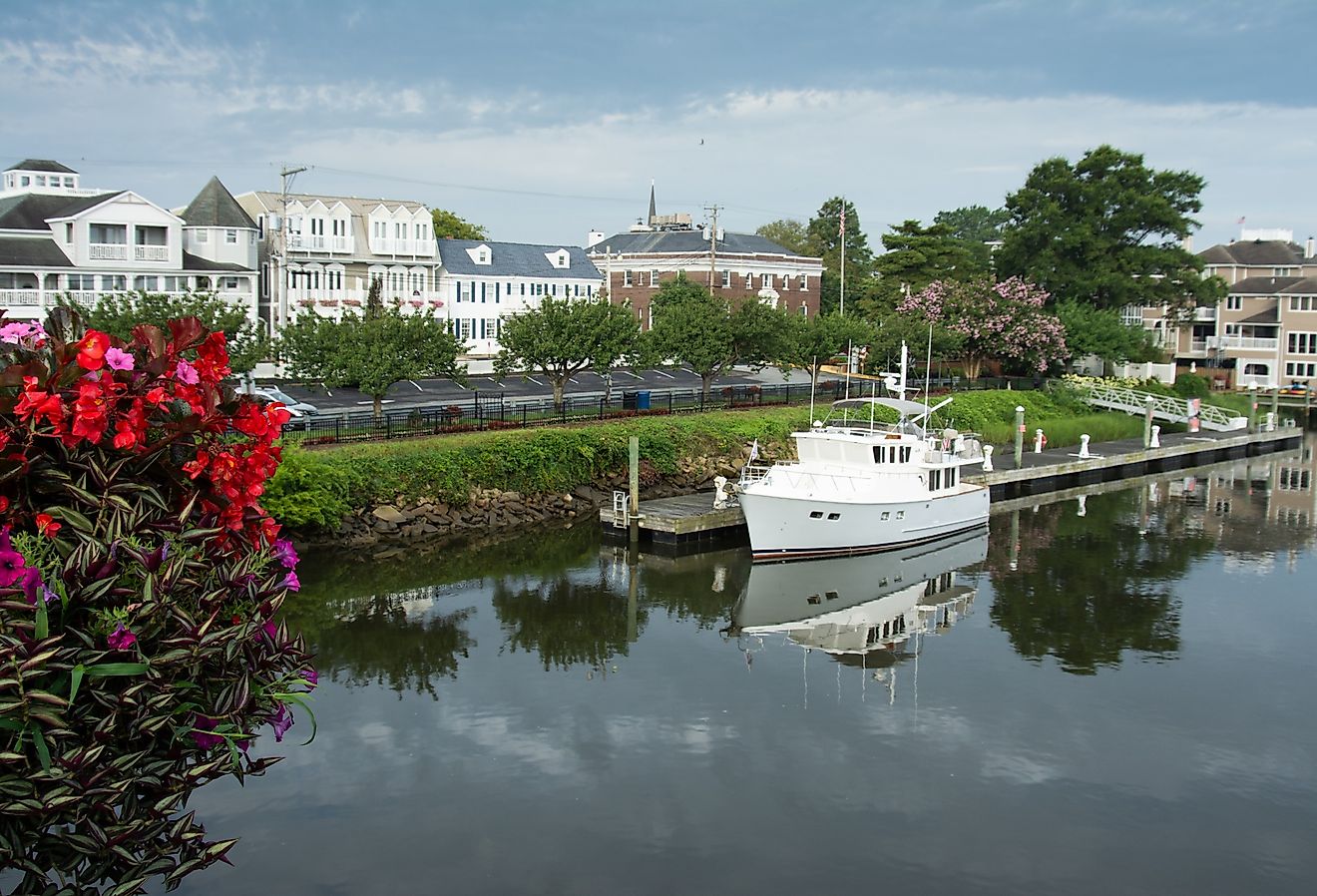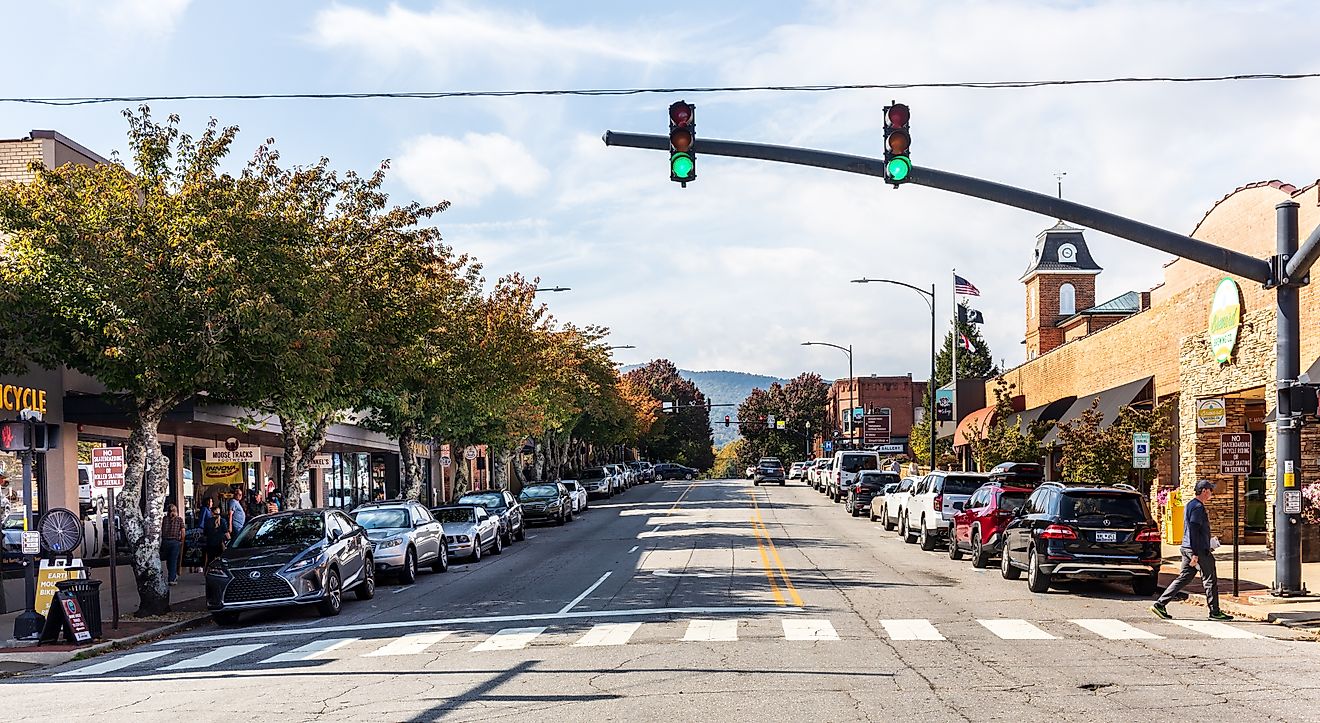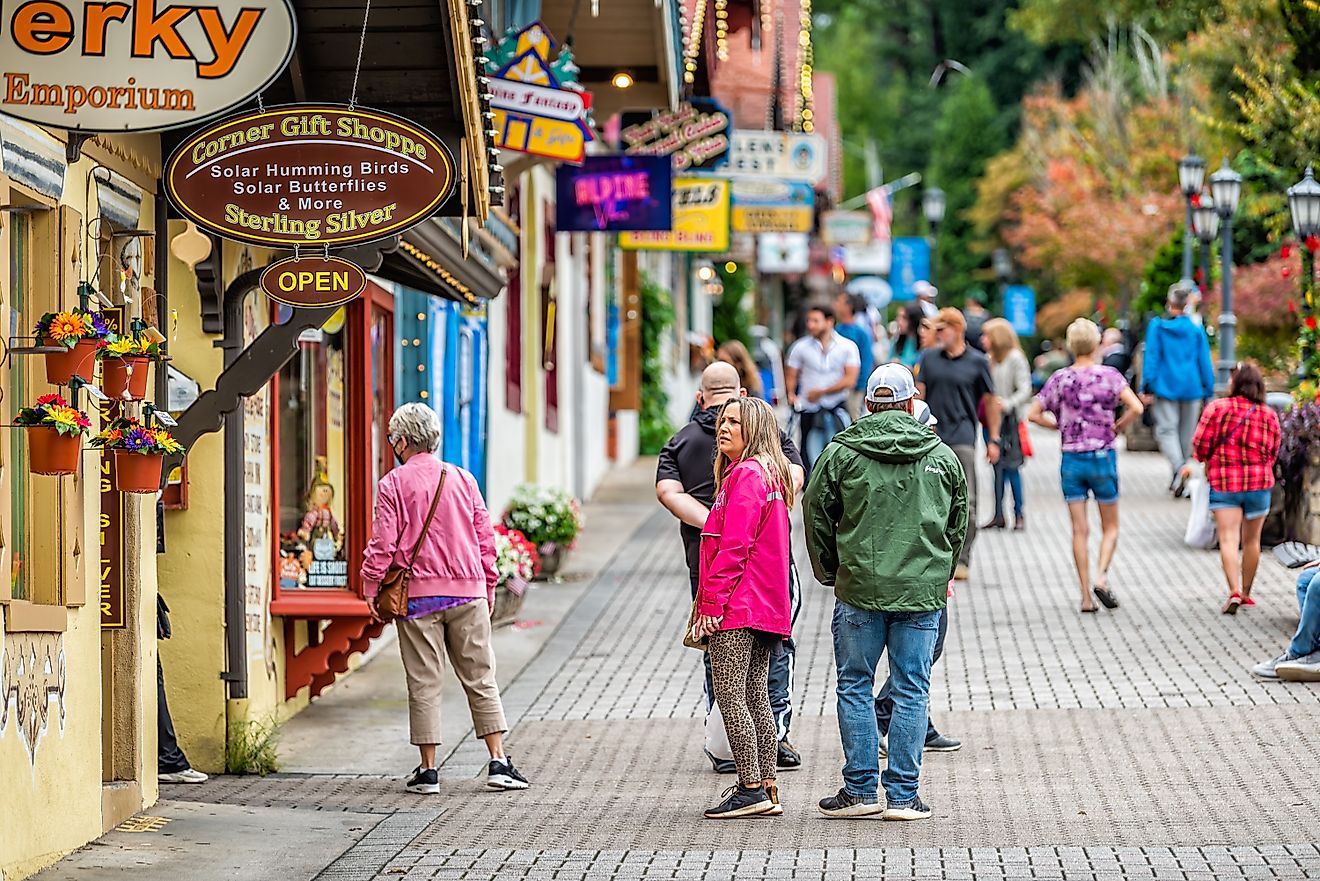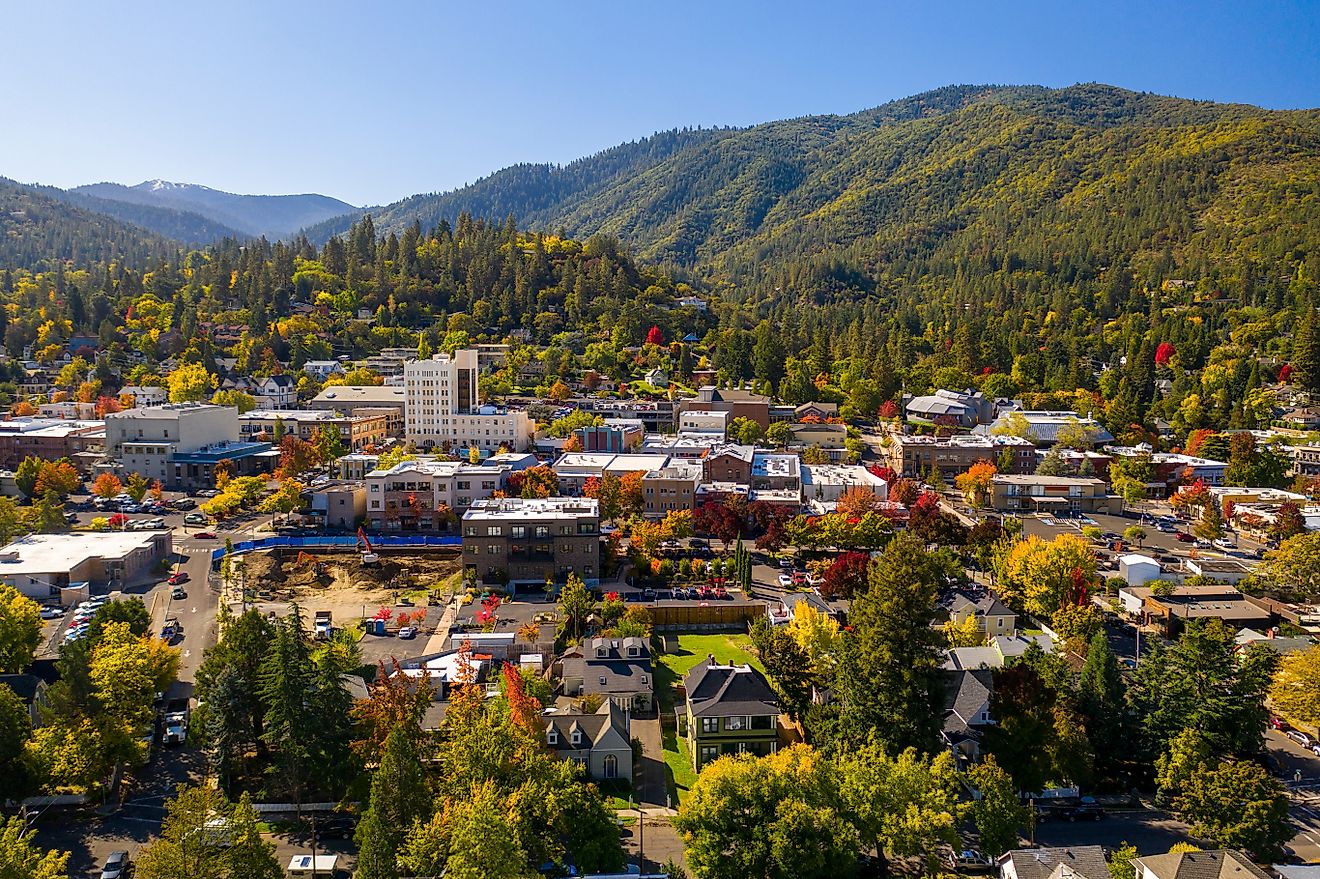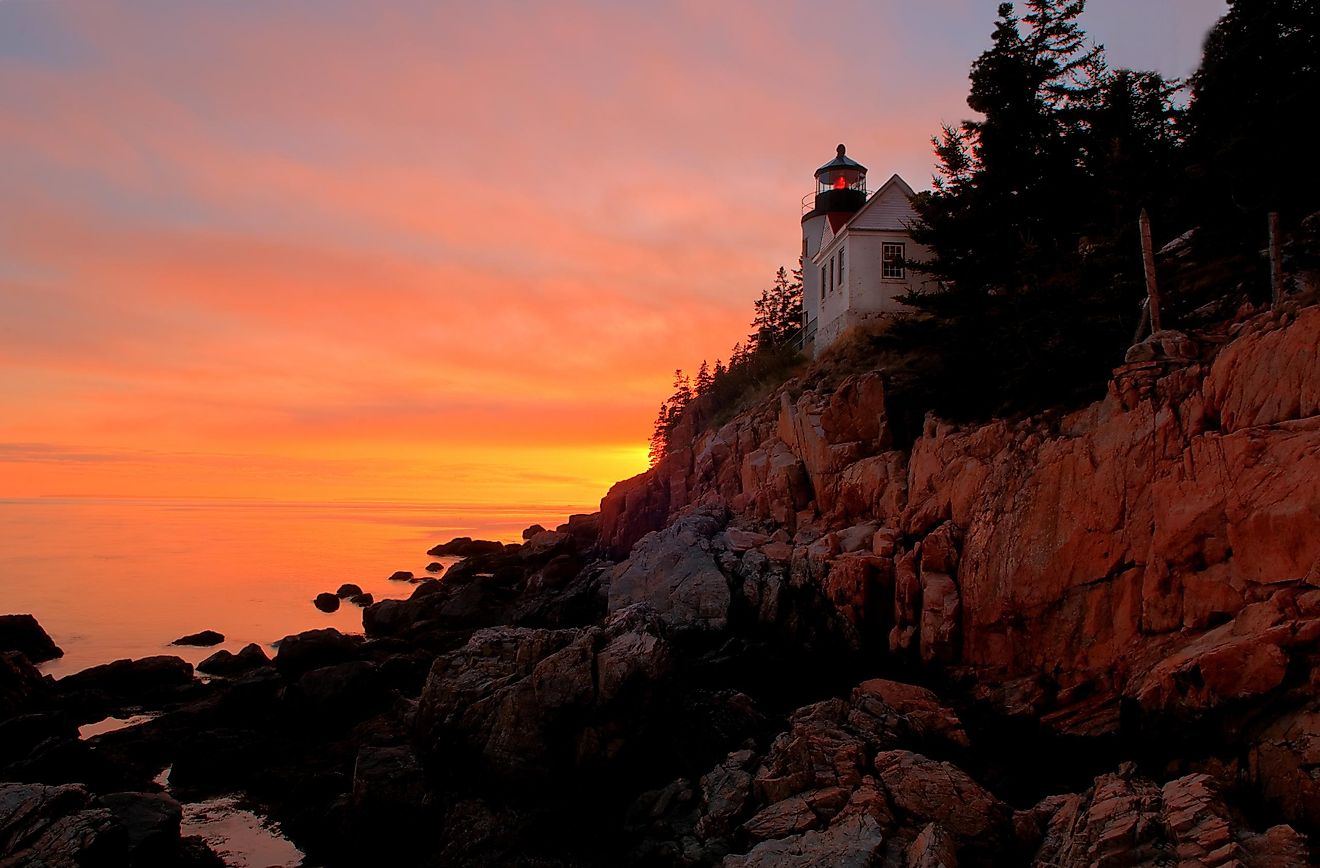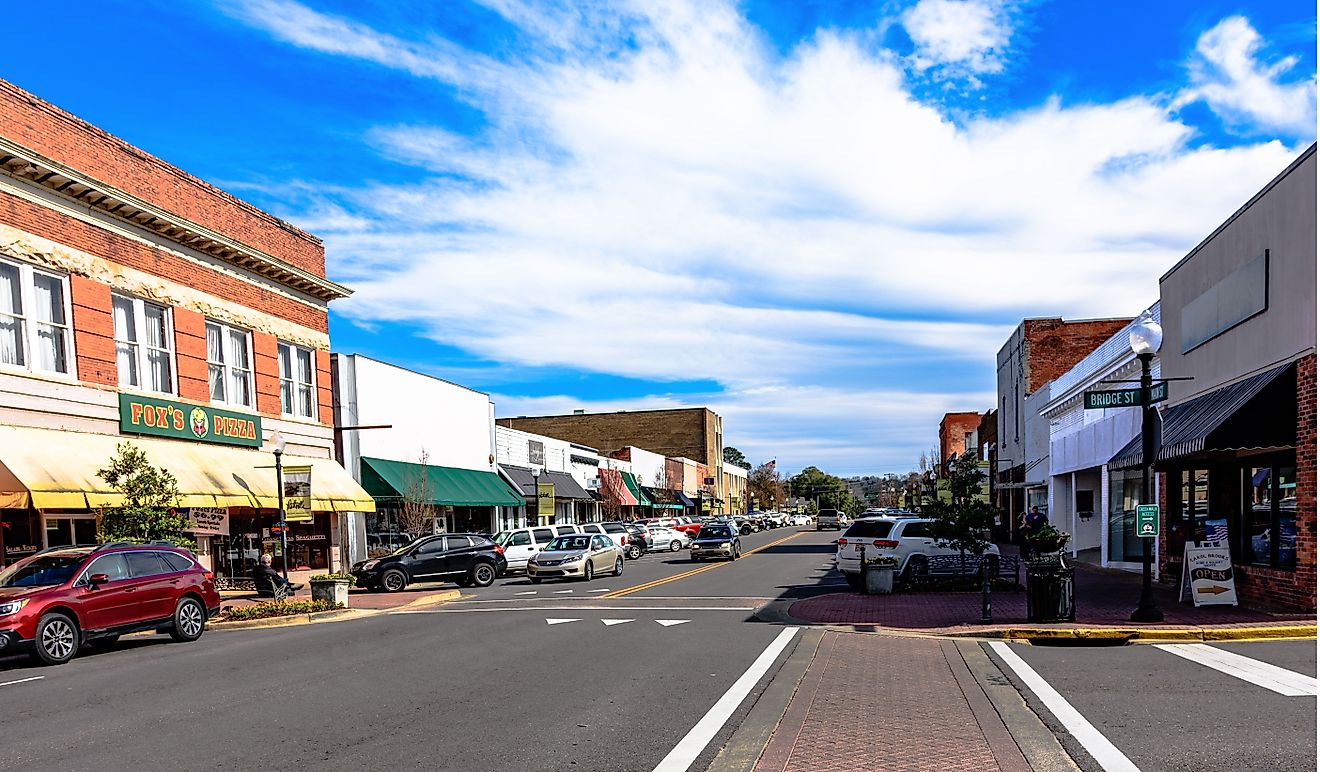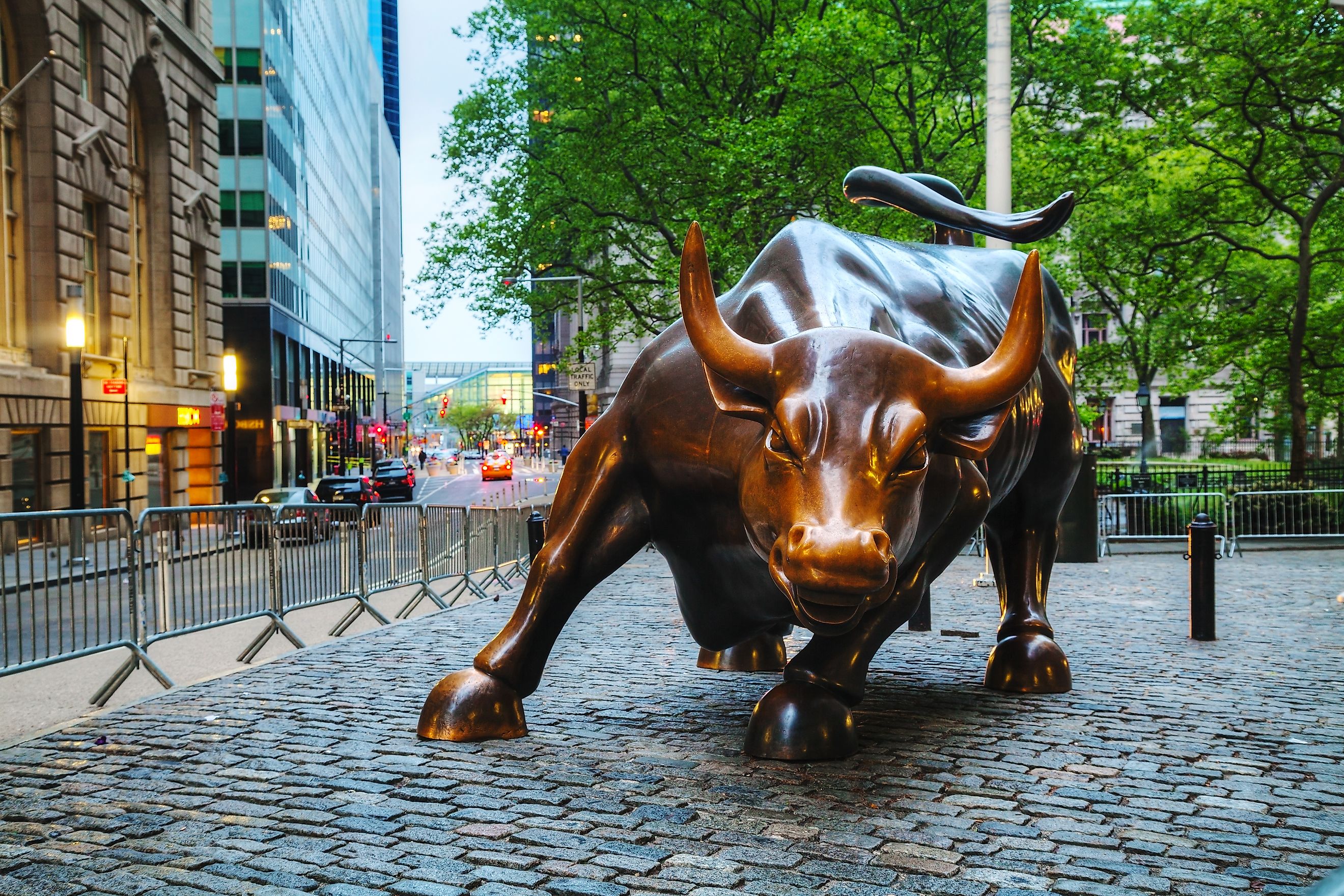
10 Strangest Landmarks in New York
New York needs no introduction as a world-class vacation destination. From the bustling streets of New York City to the wonderful natural landscapes upstate, it appeals to practically any kind of traveler. It even appeals to those who appreciate life's stranger side, with an array of peculiar landmarks that you can visit today. This article highlights some of the best of these odd destinations. From dark remnants of the past to head-scratching natural wonders, discover ten spots that will make your next trip through the Empire State memorable.
Balanced Rock
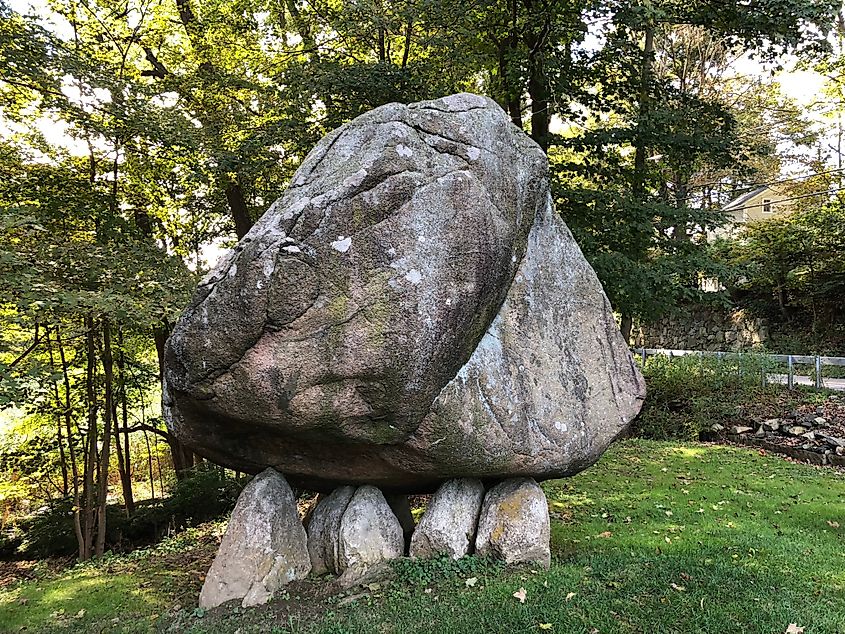
Balanced Rock is a geological anomaly that has puzzled its observers for centuries. This massive, 60-ton boulder rests precariously atop a group of smaller stones, seemingly placed there on purpose. To add to its mysterious nature, the rock is composed of pink granite, a material not native to the area. This has led geologists to believe it was transported by glaciers during the last Ice Age.
Local legends suggest a more mysterious origin, however, with some attributing its placement to ancient civilizations or even extraterrestrial forces! While scientific explanations favor glacial activity, the precise mechanics of how the boulder came to rest in its current position remain a question that will probably never be fully answered. You can find this unusual landmark along Titicus Road in the town of North Salem, a little over an hour's drive north of downtown New York City.
The Largest Walmart in America

To many people, Walmart is indeed a strange place, with its apparent no dress code policy for shoppers and endless variety of cheap goods all packed in one place. It is truly an American company offering a truly American experience, staying in line with the term "bigger is better." For anyone who wants to see this motto in real life at its highest degree, a visit to the biggest Walmart in the United States, located in New York's capital, is warranted.
Whether you need to pick up some groceries or simply want to gawk at this massive 260,000-square-foot location, this staple of Albany's commercial scene is well worth a visit. What also makes this particular location stand out is that it is one of the only Walmarts in the country with two floors, making it a place you can easily spend an entire afternoon mindlessly walking around in.
The Cardiff Giant
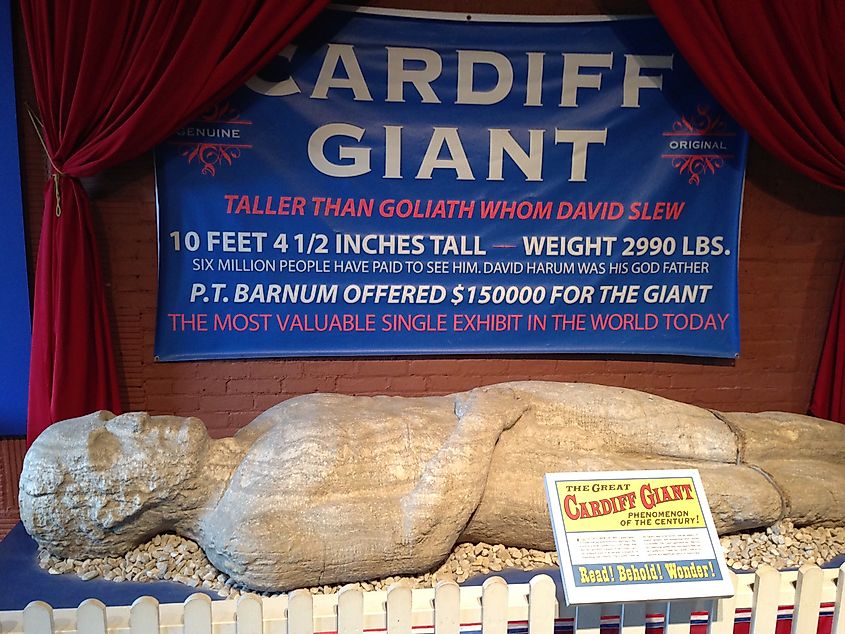
The Cardiff Giant, housed at the Farmers’ Museum in Cooperstown, is one of the most infamous hoaxes in American history and one that you can still view to this day. In 1869, workers digging a well in Cardiff, New York, uncovered what appeared to be a 10-foot-tall petrified man. News of the discovery spread rapidly, attracting crowds who paid to see the so-called ancient giant. Many believed it was evidence of biblical giants or an early human race.
In reality, the figure was a fraud and never a very convincing one at that. George Hull, a tobacconist from New York, had commissioned the statue from a block of gypsum, aged it with acid and chisel marks, and buried it for a year before staging its "discovery." The hoax unraveled when scientists quickly identified it as an obvious stone carving. Despite being exposed, the Cardiff Giant remains a popular attraction and a remnant of America's longstanding fascination with freak shows and other odd public displays.
Smallpox Memorial Hospital
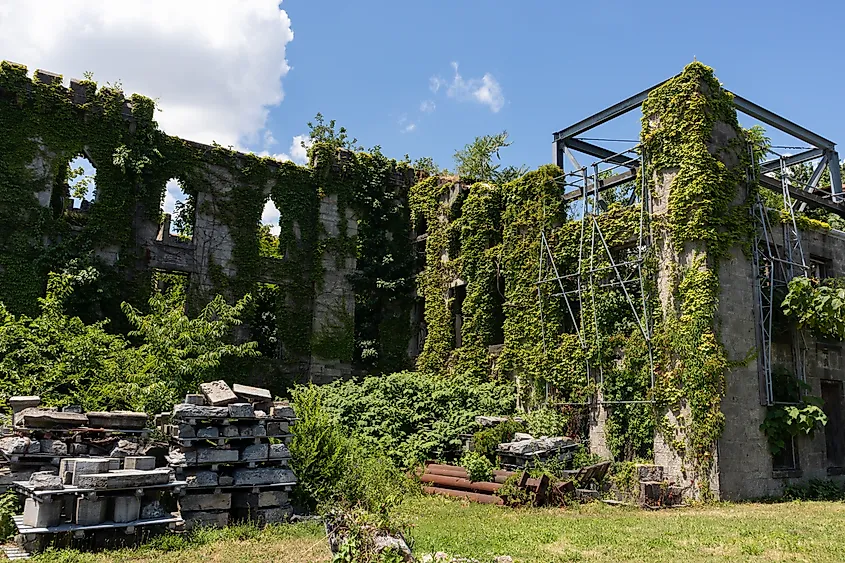
The ruins of the Smallpox Memorial Hospital on Roosevelt Island stand as a reminder of New York City’s battle against one of history’s deadliest diseases. Opened in 1856, this oddly beautiful Gothic Revival structure was designed by architect James Renwick Jr., known for other notable landmarks like St. Patrick’s Cathedral. The hospital treated thousands of smallpox patients in its lifetime, many of whom were quarantined on the island to prevent outbreaks in the nearby, densely populated Manhattan.
As smallpox cases declined, the hospital closed a couple of decades later in 1875. The building later served as a nurses’ dormitory before being completely abandoned in the 1950s. Over time, it fell into ruin, with ivy-covered stone walls and crumbling archways giving it the eerie, ghostly presence it now has. In 1972, it was added to the National Register of Historic Places, and in 1976, it was designated a New York City Landmark. Efforts have since been made to stabilize the structure, and today, you can view the haunting remains near the southern tip of Roosevelt Island.
Woodstock Audience Field

The original site of the legendary 1969 Woodstock Music and Art Fair, located in Bethel, remains a sort of mecca for music fans around the world. The now-empty, rolling field where more than 400,000 people gathered for the historic festival is now part of the Bethel Woods Center for the Arts. Though the original stage and festival infrastructure are long gone, the land itself has been preserved, allowing you to stand where an ocean-sized audience once witnessed performances by stars such as Jimi Hendrix, Janis Joplin, and The Who.
A commemorative monument marks the exact location of the festival, and the nearby Museum at Bethel Woods contains further exhibits detailing the event’s impact on the immediate area and American culture as a whole.
Tenement Museum
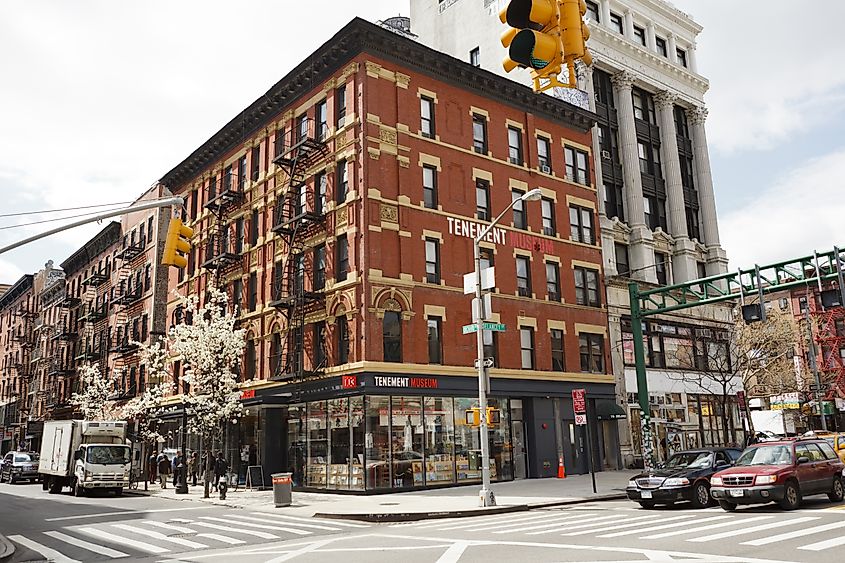
One of many unusual museums in NYC, the Tenement Museum on Manhattan’s Lower East Side preserves the history of immigrant life in the city through restored apartments and exhibits highlighting real personal stories. Housed in a five-story brick tenement built in 1863 at 97 Orchard Street, the museum showcases the living conditions of working-class families from the 19th and early 20th centuries. Over 7,000 people from more than 20 countries lived in the building before it was abandoned as a residential space in 1935 due to changing housing codes in the city.
Today, you can take a guided tour through its recreated apartments, reflecting different time periods and offering insight into the struggles and resilience of the immigrants who helped shape New York once upon a time. The Tenement Museum also stands out in that it focuses on storytelling, using first-person narratives and historical records to bring the past to life in an engaging way. Because of this, it remains one of the most immersive and educational landmarks dedicated to urban immigrant history in the United States.
Blue Sky Mausoleum
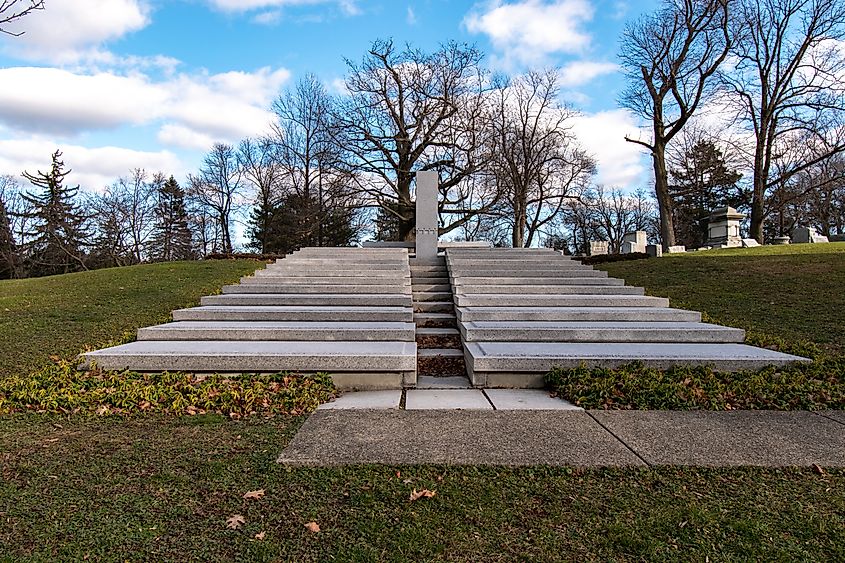
Blue Sky Mausoleum, located in Buffalo’s Forest Lawn Cemetery, is a Frank Lloyd Wright-designed burial monument completed in 2004, 76 years after its conception and 45 years after Wright's death. Wright originally designed the structure in 1928 for Darwin Martin, a Buffalo businessman and patron of his work, but the project was clearly never to be completed on time due to the economic strain of the 1929 stock market crash. Revisited decades later, the mausoleum was constructed according to Wright’s original plans, preserving his vision.
The design consists of a tiered limestone platform with 24 crypts, arranged in a unique cascading pattern. Besides its interesting design, one that only a visionary like Frank Lloyd Wright could create, it also stands out as the one and only mausoleum that the famous architect ever had a part in making.
Amityville Horror House
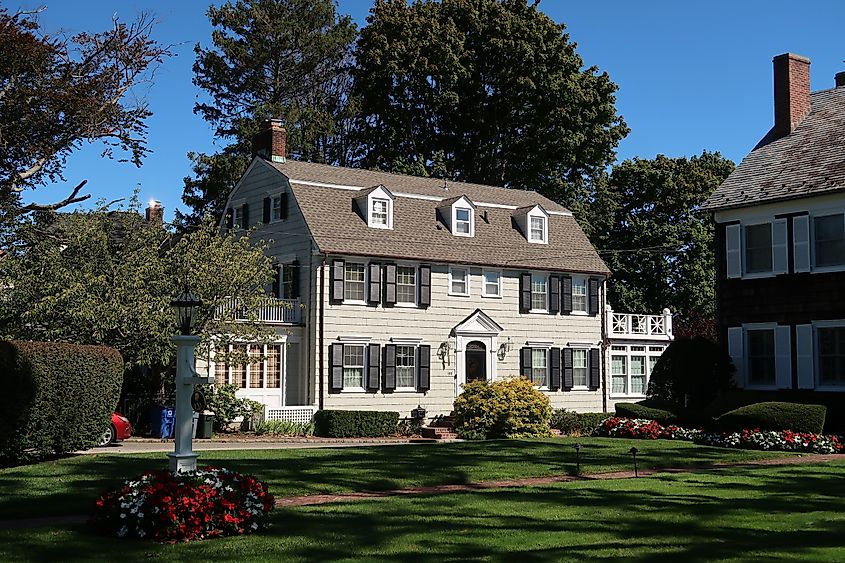
The Amityville Horror House, located at 112 Ocean Avenue in Amityville, Long Island, is possibly the most infamous haunted house in the United States. In 1974, Ronald DeFeo Jr. murdered his parents and four siblings in the home, claiming later that voices told him to commit the crime. A year later, the Lutz family moved in but fled after just 28 days, reporting intense paranormal activity, including strange noises, foul odors, and disembodied voices telling them to "get out." Their experiences eventually became the basis for The Amityville Horror, a best-selling book that spawned multiple hit films.
Skeptics have questioned the Lutz family’s claims since the start, with some suggesting they fabricated the story for financial gain, an all too common story, unfortunately. Even with this in mind, the house remains a point of fascination for paranormal investigators, true crime fans, and fans of the book/movies. In the years since, the home has changed owners several times and undergone renovations, including a drastic change to its iconic exterior. Please note that the house is still a private residence, so no, you cannot go on the property (unless invited). You can instead view it respectfully from the road.
Eternal Flame Falls
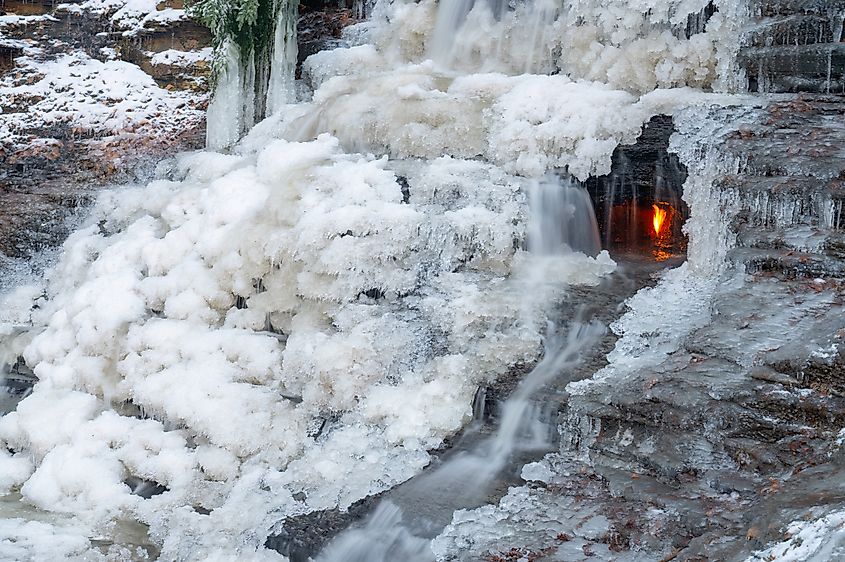
Eternal Flame Falls, located in Chestnut Ridge Park in upstate New York, is a rare natural phenomenon where fire and water somehow coexist before your eyes. The scenic, small waterfall cascades over layers of shale, but its most unusual feature is a flickering natural gas flame burning in a small grotto behind the falling water. Typically four to eight inches tall, the flame is fueled by methane seeping from underground fractures beneath the rocky layer. While small methane seeps exist elsewhere in the world, few are as visually contrasting as this one.
Geologists believe the gas source originates from deeply buried organic material subjected to heat and pressure over time. The flame can be extinguished, and it has at times, but savvy hikers often relight it simply using a lighter or match. The moderate 1.2-mile hike to the falls is worth a visit on its own, as it takes you through wooded terrain and rocky trails, an especially scenic walk in fall.
Charging Bull
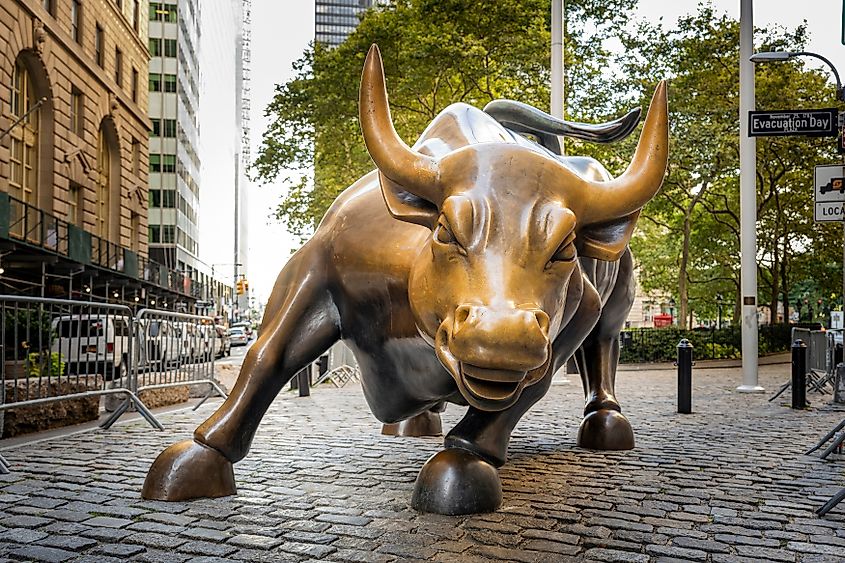
Charging Bull, the famous bronze sculpture in the heart of Manhattan’s Financial District, has become one of New York City’s most recognizable landmarks. Created by artist Arturo Di Modica, the 7,100-pound bull was installed without permission in front of the New York Stock Exchange following the 1987 stock market crash. Authorities initially removed it, but public demand led to its relocation to Bowling Green in 1989, where it remains today.
The statue’s aggressive stance, lowered head, and flared nostrils may represent strength and determination, perhaps a symbol to look up to in a tough market and a reminder of America's economic prowess. Regardless of your interpretation, it has attracted millions of visitors over the years, many of whom rub its horns, nose, or hooves for good luck, which you can see on the now worn-down portions of the statue.
Experience these Standout Destinations in New York
New York is clearly home to some of the most unusual landmarks in the country, each with its own story of mystery, artistry, or cultural significance. From eerie ruins and supernatural legends to oversized sculptures and eccentric roadside attractions, these sites highlight the state’s diverse and sometimes bizarre history in ways that are hard to forget.
If you are a resident, or the next time you're taking a road trip through New York, make a point of venturing out to any of the spots mentioned above if you want to experience something different for a change.

